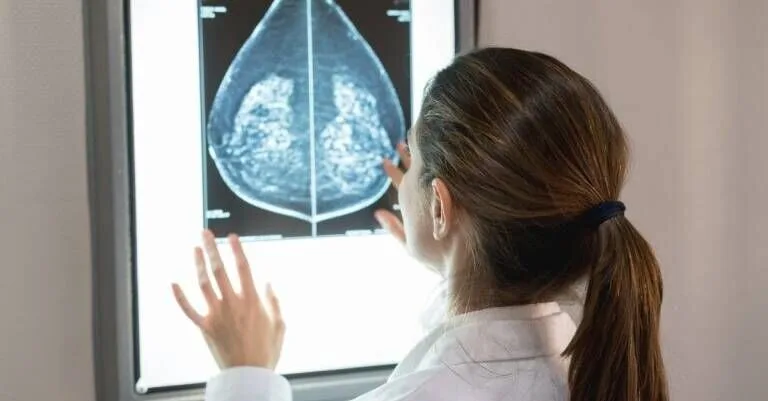Dense Breast Tissue: Are Additional Screenings Necessary?
For women with dense breast tissue, the question of whether standard mammography provides sufficient screening has been a topic of ongoing discussion. Recent research indicates that supplemental investigations could offer significant benefits in these cases, potentially leading to earlier and more accurate detection.
Understanding Breast Density
Breast density refers to the amount of fibrous and glandular tissue compared to fatty tissue in the breast. Dense breast tissue can make it more challenging for mammograms to detect abnormalities, as both dense tissue and tumors appear white on the images. This can lead to a higher risk of missed cancers.
The Role of Additional Investigations
Given the limitations of mammography in women with dense breasts, researchers have explored the value of additional screening methods. These may include:
- Ultrasound: Uses sound waves to create images of the breast, helping to identify abnormalities that may be hidden by dense tissue.
- MRI (Magnetic Resonance Imaging): Provides detailed images of the breast and can be particularly effective in detecting small tumors.
- Tomosynthesis (3D Mammography): Takes multiple X-ray images of the breast from different angles to create a three-dimensional picture.
Benefits of Supplemental Screening
Studies suggest that incorporating these additional investigations can lead to several positive outcomes:
- Improved Cancer Detection: More cancers are detected at an earlier stage, increasing the chances of successful treatment.
- Reduced False Negatives: Decreases the likelihood of missing a tumor due to dense tissue obscuring the view.
- Personalized Screening: Allows for a more tailored approach to breast cancer screening based on individual risk factors and breast density.
Considerations and Recommendations
While supplemental screenings offer potential benefits, it’s essential to discuss the risks and advantages with a healthcare provider. Factors to consider include:
- False Positives: Additional tests may lead to more false positives, requiring further investigation and causing anxiety.
- Cost and Accessibility: Supplemental screenings may not be readily available or covered by insurance in all areas.
- Individual Risk Factors: The decision to pursue additional screening should be based on a woman’s overall risk profile, including family history and other relevant factors.
Final Overview
For women with dense breast tissue, supplemental screening beyond standard mammography may offer a valuable tool in the early detection of breast cancer. By understanding the benefits and limitations of these additional investigations, women can make informed decisions in consultation with their healthcare providers to optimize their breast health.


+ There are no comments
Add yours